- Call us: 01444 237070
- Contact Us
- Stores
- Sign In / Register
- Black Friday Deals
-
- Back
- Used Cameras
- Used Accessories
- Used Lenses
- Used Video
- Used Film Equipment
- Used Stock Alert
- Used Blank Test
- Sell or Part Exchange
- Used Clearance
- Recently Added Used Equipment
- Park Picks
- All Used Black Friday Deals
- Faulty
- Trade-In
- Blog
- New in
- Call us
- Contact us
- Stores
- Sign in
- Categories
- Tips & Inspiration
- Reviews
- News
- Events
- Features
- Buying Guides
- Competitions
Mirrorless Cameras Guide
To say that mirrorless cameras have changed the photography landscape is only scraping the surface of what they offer. In many ways, they set themselves apart from DSLR cameras, providing a truly modern experience - currently, the epitome of digital photography.
Not only are mirrorless cameras more compact than their DSLR predecessors, but they circumvent countless problems with the older format and build upon it. This cycle of evolution has brought about some of the most exciting specs ever seen in digital cameras to date - specs that would have been unimaginable in a time not too long ago!
With almost all the big-name brands in the industry making a leap of faith from DSLR to mirrorless, the range of mirrorless cameras and lenses available is expanding day after day. With the collective innovation of the photography world seemingly certain to be heading towards mirrorless, now is a better time than ever to make the switch - this mirrorless camera guide details everything you need to know about your favourite brands’ lineups, starting from the ground up.
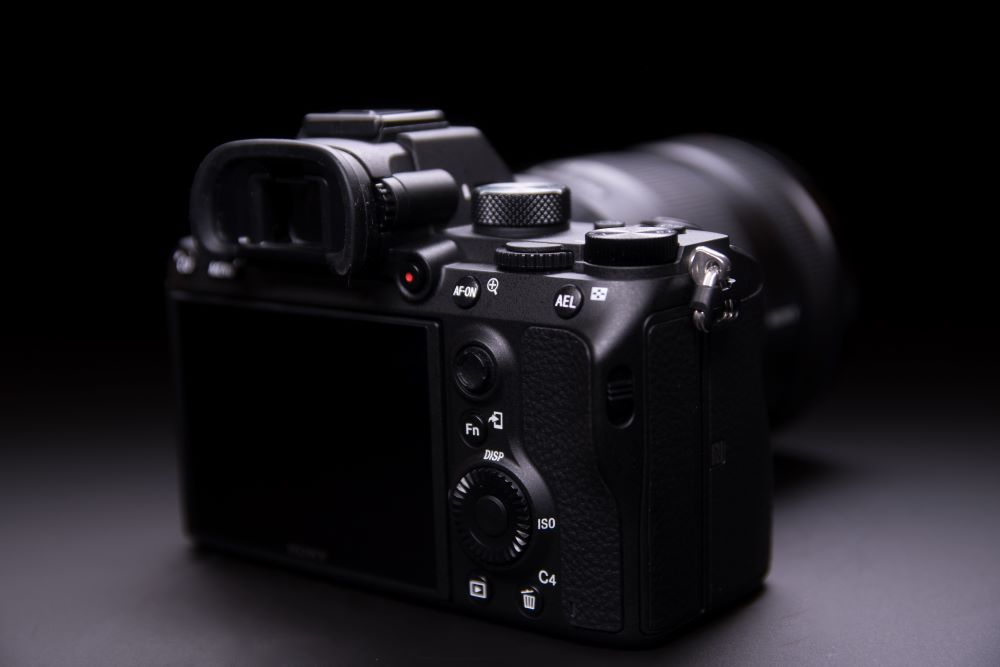
What is a mirrorless camera?
The simple definition of a mirrorless camera is a camera that doesn't have a mirror mechanism. In digital single-lens reflex (DSLR) cameras, the viewfinder is entirely optical – that is, a mirror is placed in front of the sensor, and reflected into a pentaprism that reflects the image through the viewfinder.
Mirrorless cameras forgo this mechanism entirely. Instead, they have an electronic viewfinder (EVF) – not only does this provide several advantages as opposed to an optical viewfinder, but without having to accommodate a mirror-prism mechanism, mirrorless cameras are strikingly compact.
A combination of their compact design and the versatility of mirrorless sensors mean that the advantages of switching to mirrorless are countless. What may seemingly be a small change to the design of a camera has seismic impacts and is persistently pushing the boundaries of what digital cameras enable us to do.

Mirrorless camera benefits
The size is one of the most immediately recognisable benefits of a mirrorless camera. DSLR cameras are notoriously bulky; there’s not much getting around it – even old APS-C DSLRs are significantly larger and heavier than full frame mirrorless cameras.
The lenses are just as compact as the bodies - this has opened new avenues for what photographers can use to shoot, overriding many usability concerns associated with DSLRs. Even notoriously massive systems like medium format thrive in mirrorless bodies, and others like Micro Four-Thirds tap directly into this advantage as their main selling point.
Mirrorless cameras are also lightning-fast. While a DSLR camera uses a separate sensor for phase-detect autofocus, a mirrorless camera’s imaging sensor carries it out itself. Evolutions in mirrorless sensor technology have meant that this is much more efficient – with subject detection modes exclusive to mirrorless in the mix too, autofocus on mirrorless systems is unparalleled.
This isn’t the only aspect in which mirrorless cameras are quicker. Without a mirror to move, they can shoot at much faster frame rates, allowing for blisteringly quick continuous shooting. It’s possible on mirrorless cameras to incorporate purely electronic shutters, like the now-famous one used in the Sony A9 III – because of its electronic global shutter, this camera’s capable of a truly outrageous 120fps of continuous shooting.
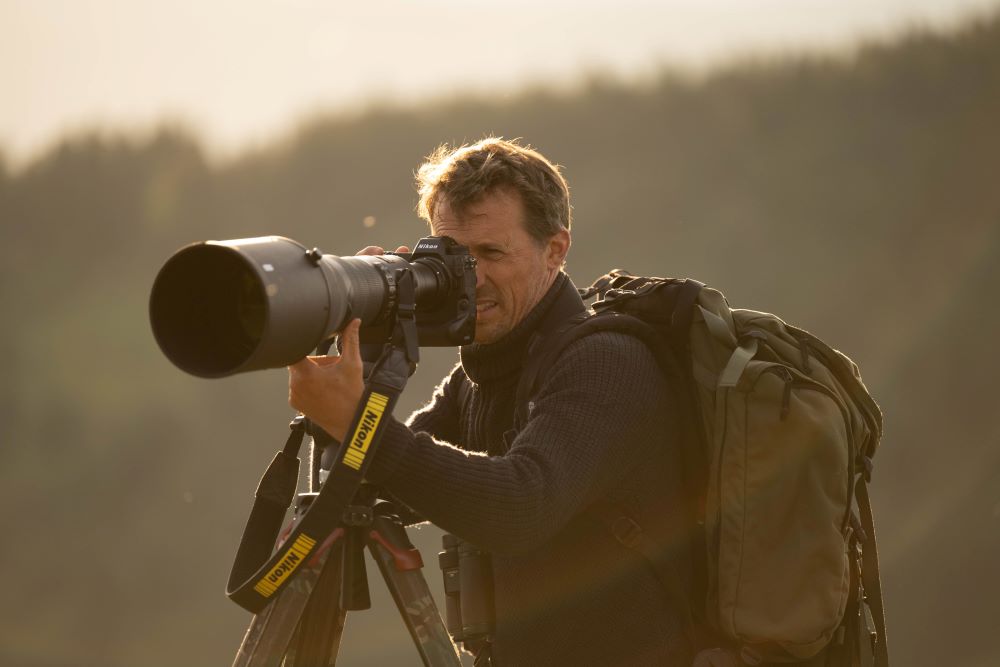
What types of mirrorless cameras are there?
For a format that’s only been endorsed by the entire industry for around six years, full frame mirrorless has seen an outrageous amount of development, innovation and popularity. Dominated by the big three of Sony, Canon and Nikon, this is the place to look for true cutting-edge mirrorless technology. Both photo and video share the stage – full frame mirrorless cameras are incredibly versatile, covering almost every end of the spectrum from entry-level to professional.
Mirrorless technology allows beginner photographers to dive straight into the full-frame format. With entry-level options like the Canon EOS RP, the Nikon Z5 and the Sony A7 II, practically all popular brands offer a gateway into their system. These cameras are all lightweight, yet pack punchy sensors with brilliant autofocus that will no doubt draw you into the world of full-frame mirrorless.
In the top brands’ mirrorless lineups, cameras often appeal to two factions – those looking for portability, and those looking for performance. Choices like the Sony A7C II are perfect for travel with a modest design (in part due to its lack of a raised viewfinder), while still packing a mighty sensor - in this case, you have a highly capable 33MP sensor at your disposal.
Bulkier choices like the Canon EOS R3 and the Nikon Z9 are infamous for being pure powerhouses – if you’re looking to shoot sports, wildlife, or anything where every drop of performance needs to be squeezed out of your camera, this is where to look. While these retain that old robust design that was so popular during the DSLR era, new flagships like the Sony A9 III and A1 abandon this whilst still retaining incredible performance.
All-rounder, hybrid cameras are where mirrorless shines. These cameras can do anything. They usually complement flagship mirrorless cameras – the Nikon Z8 and Canon EOS R5 are shining examples of this, as cameras that can be deployed almost anywhere at any time.
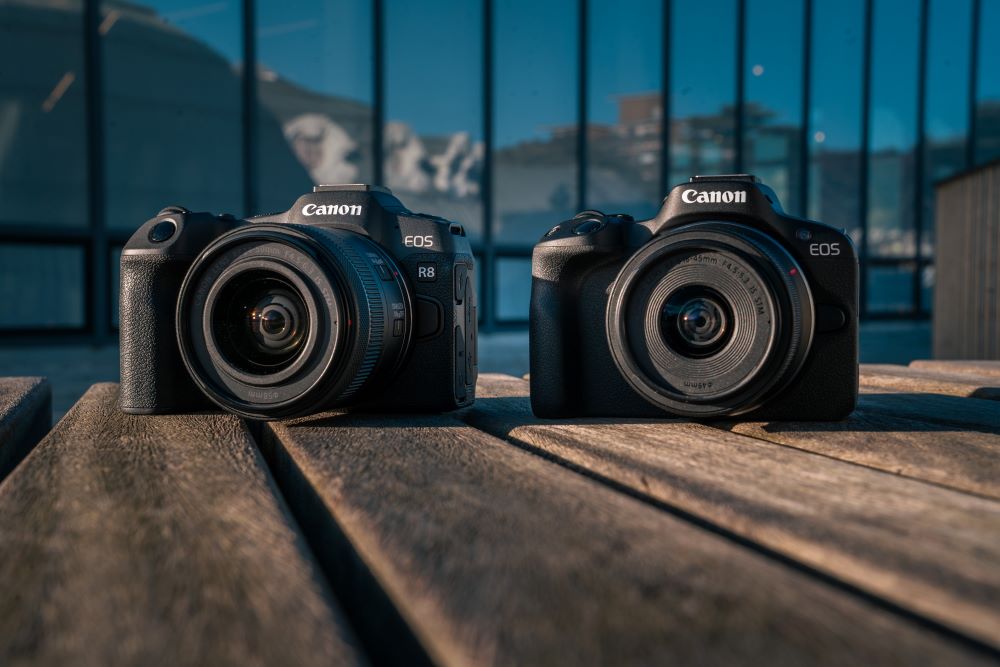
Canon mirrorless cameras
Ever since the introduction of the EOS R series in 2018, Canon has been a major player in the mirrorless camera market. The R series carried its legacy into the mirrorless era with its incredibly popular RF Mount cameras and lenses, which are just as professional as they are accessible. We’ve listed our choices of some of the best Canon mirrorless cameras below.
- Best all-round camera: Canon EOS R5. This camera is almost iconic at this stage in the history of mirrorless photography. On release in 2020, it was the definitive example of a Canon mirrorless camera and demonstrated everything that could be done with the EOS R system. A 45MP CMOS sensor and 8 stops of image stabilisation make shooting stills effortless. Tracking is unsurprisingly incredible, with focus locking onto eyes and faces in merely 50 milliseconds. Even its video specs are hard to match – 8k at 30p in such a photography-proficient camera is, quite frankly, outrageous.
- Best professional camera: Canon EOS R3. Despite having a lower megapixel count than its predecessor, the EOS R5, this camera is a speed demon. Its electronic shutter mode enables 30fps shooting, with subject tracking that covers everything from faces to birds to motorbikes. It’s also impressively robust – a tough magnesium alloy frame, pro-level weather sealing and a seamlessly incorporated vertical grip make the EOS R3 feel almost bulletproof.
- Best enthusiast camera: Canon EOS R8. If photography is a hobby of yours, the EOS R8 is the perfect camera to entertain your passion without breaking the bank too much. It provides all the benefits of a full frame in a beautifully ergonomic Canon body, and while it lacks some of the cutting-edge technology of the two listed above, its 24MP sensor will enable shooting some beautiful shots. (If you’re looking to incorporate some of those pro features into a similar body, the Canon EOS R6 II is a step up for the ultimate photography fanatic. Additions such as IBIS and faster autofocus mean it almost teeters towards the higher end of mirrorless cameras - however, for the average shooter, the R8 will work wonders).
- Best cropped sensor: Canon EOS R7. This is a truly incredible camera. Its 32.5MP humbles claims about APS-C’s resolution in comparison to full frame. Not only does it take images like a full frame, but it performs like one too – with IBIS rated up to 7 stops, a 30fps electronic shutter and deep learning autofocus, this camera completely blurs the line between the two formats. You wouldn’t believe it just by holding it; weighing just 530g!
- Best beginner camera: Canon EOS R50. This is Canon’s smallest and lightest mirrorless camera, but don’t let that fool you. This camera is no slouch, featuring a reliable 24.2MP sensor and the same Dual Pixel AF that’s found in much more professional Canon mirrorless cameras. At such an attractive weight and price, this camera is arguably the best mirrorless camera for beginners. If you’re looking to get started straight away, its RF-S 18-45mm lens kit opens the door to an outstanding system.
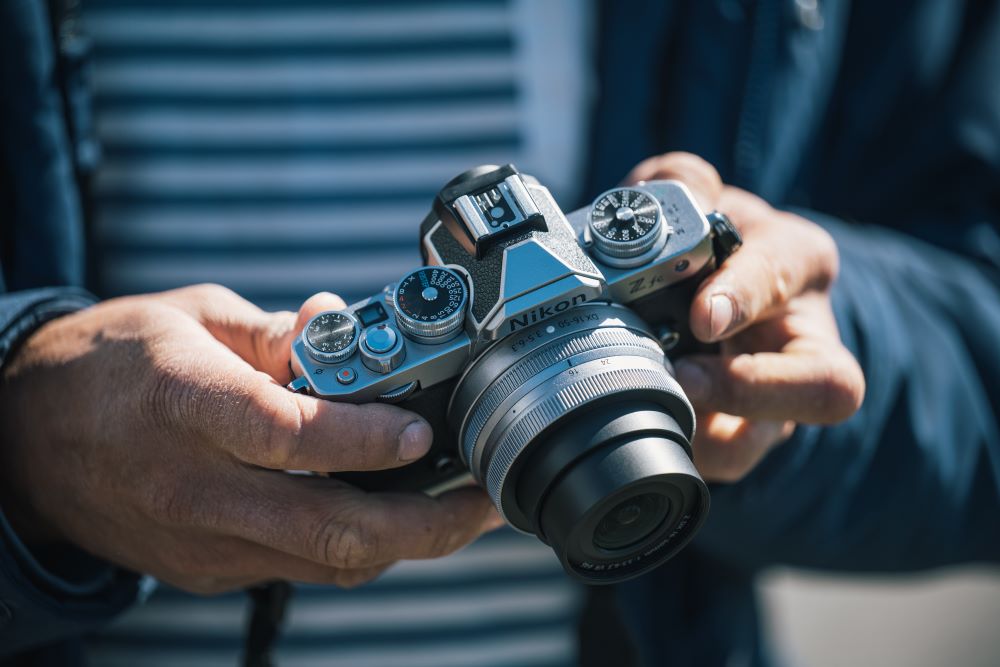
Nikon mirrorless cameras
It took a while for Nikon to make themselves a prominent part of the mirrorless era, however, once they started with the Nikon Z6 and Z7 in 2018 they haven’t slowed down since. Nikon cameras are timeless and dependable; an ethos that they’ve carried forward into this new era of photography with incredibly reliable offerings for all photographers.
- Best all-round Nikon mirrorless camera: Nikon Z8. There are so many reasons as to why we named the Z8 our favourite camera of 2023 over on our YouTube channel. Perhaps the most complete camera Nikon has ever released, it features a 45MP stacked sensor capable of 20fps RAW bursts, that pairs brilliantly with its blackout-free EVF. Not only can its outstanding Expeed 7 processor handle the most intense photography applications, but it’s somehow capable of 8K/60p video in countless professional codecs. Given that it’s 30% smaller and lighter than the Z9, and is completely weather-sealed, I think you’d struggle to find something that this camera can’t do.
- Best Nikon professional mirrorless camera: Nikon Z9. The Z8’s older, brawnier brother. While it retains Nikon’s classic DSLR design, it’s 20% smaller than its closest competitor, the Nikon D6. Simply looking at specs, it’s very similar to the Z8, but it’s so fast to operate that it will completely optimise any professional’s workflow. It’s covered in custom function buttons, has an additional CFExpress card slot and creature comforts like additional dials and the battery grip means that seasoned Nikon DSLR users will feel right at home with the Z9.
- Best Nikon enthusiast camera: Nikon Z6 II. With a host of features that make this perfect for photography – a 24.5MP sensor, exceptional low-light performance, and twin Expeed processors – this camera is also outstanding for video. Autofocus is significantly improved from its first generation, and the 4K/30p output looks stunning. While the second generation brings significant improvements, both the original Z6 and its sister model, the Nikon Z7, are great used mirrorless camera options and can both be found at very accessible price points.
- Best Nikon APS-C mirrorless camera: Nikon Z fc. This retro mirrorless camera is immensely popular among enthusiasts. Its ‘heritage’ style design is incredibly charming, covered in dials with a boxy silhouette and a clean silver finish. However, this camera’s not just for looks. It includes Nikon’s first vari-angle LCD on a mirrorless camera – hugely popular among content creators - a 20.9MP DX sensor, and 4K capability that show off its hidden talents in both photography and videography.
- Best Nikon camera for beginners: Nikon Z50. This camera is equipped with a high-resolution 20.9MP DX sensor along with Hybrid AF, a remarkably smooth EVF and a tilting touchscreen. Despite only weighing 395g, it retains a lot of Nikon quality-of-life features that make the Z Mount popular, like the ultra-comfortable deep rubber grip and a raised AF-ON button, making it brilliant to get started with if you’re learning photography.
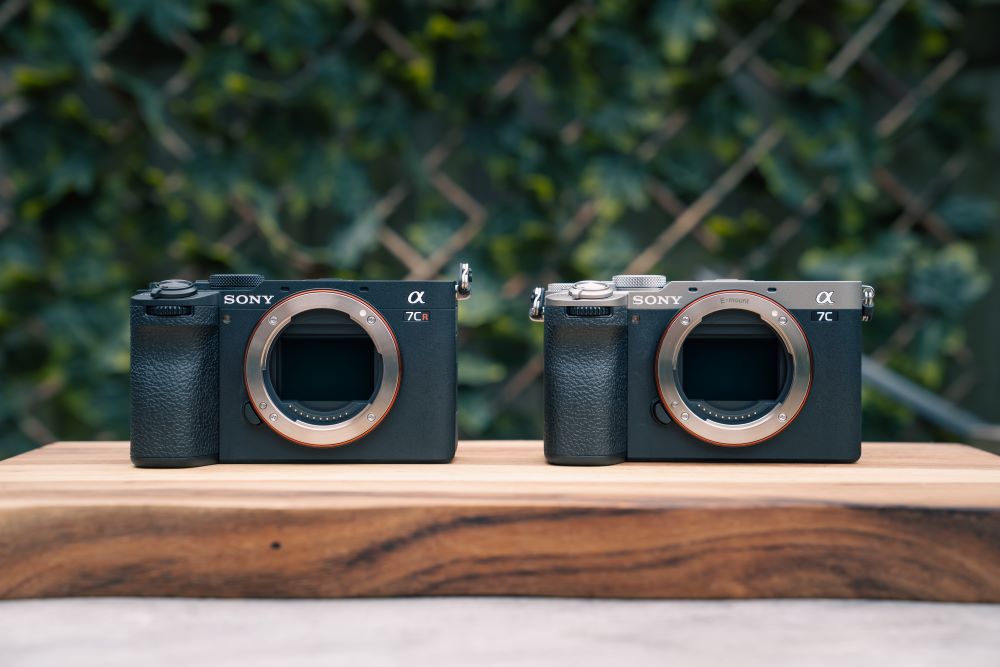
Sony mirrorless cameras
Sony was an early backer of the mirrorless vision, and looking at its stellar lineup today for the E-Mount, you can immediately see how well it’s paid off for the brand. Since the original Sony A7 was announced in 2013, the roster has gone from strength to mind-blowing strength, bringing technology that hasn’t been seen elsewhere to consumers with almost every release. With so many generations and models available, it would be impossible to discuss everything Sony offers concisely, so below we’ve chosen a few highlights from their collection.
- Best all-round Sony mirrorless camera: Sony A7RV. While it may be beyond some people’s budgets, the A7R V is undoubtedly one of the greatest full frame mirrorless cameras of all time. Its 61MP backlit sensor produces images with outrageous detail. As a Sony camera, its autofocus is unsurprisingly outstanding. Its other specs, like 8-stop IBIS and 8K video are almost expected in a camera of this calibre; however, the sensor included makes it a sheer photography machine that’s just a cut above the rest.
- Best professional Sony mirrorless camera: Sony A1. This is another Sony mirrorless camera with truly absurd specs. The A1 doesn’t compromise in either speed or resolution – 50.1MP images pair with 30fps blackout shooting and a silent shutter to make this the ultimate professional full frame. Everything this camera does is larger than life, and even more impressively, it does it at breakneck speeds. While the global shutter and 120fps shooting seen in the A9 III have never been seen before and is already one of the most popular high-end cameras in the world, the Sony A1 is the ultimate dependable choice for almost any professional application.
- Best enthusiast Sony mirrorless camera: Sony A7C II. This camera is a joy to shoot with. Beyond its AI processing, excellent low-light performance and 33MP of resolution, it’s beautifully compact. The lack of a raised viewfinder gives it an incredibly low profile and has seven stops of in-body stabilisation that unleash its potential as a portable powerhouse for both photo and video.
- Best cropped-sensor Sony mirrorless camera: Sony a6700. A favourite of travellers, the a6700 is the best way to take the E-Mount on the go. Not only is it brilliant for photography, but cutting-edge video features along with oversampled 4K make it equally brilliant for content creators. Its ergonomics are upgraded upon from the previous generation Sony a6500, and with 5-axis IBIS, handling is effortless.
- Best beginner Sony mirrorless camera: Sony A7 III. While this camera was released quite early in the mirrorless boom, it’s stood the test of time –, as time has gone on, it’s become more admired by photographers. It contains all of the brilliant features seen in future Sony mirrorless cameras, as a lot of the specs seen in this camera were significantly ahead of their time, like its world-first battery life of 710 shots per charge, and Phase Detect AF with 93% coverage that was once the best of its kind.
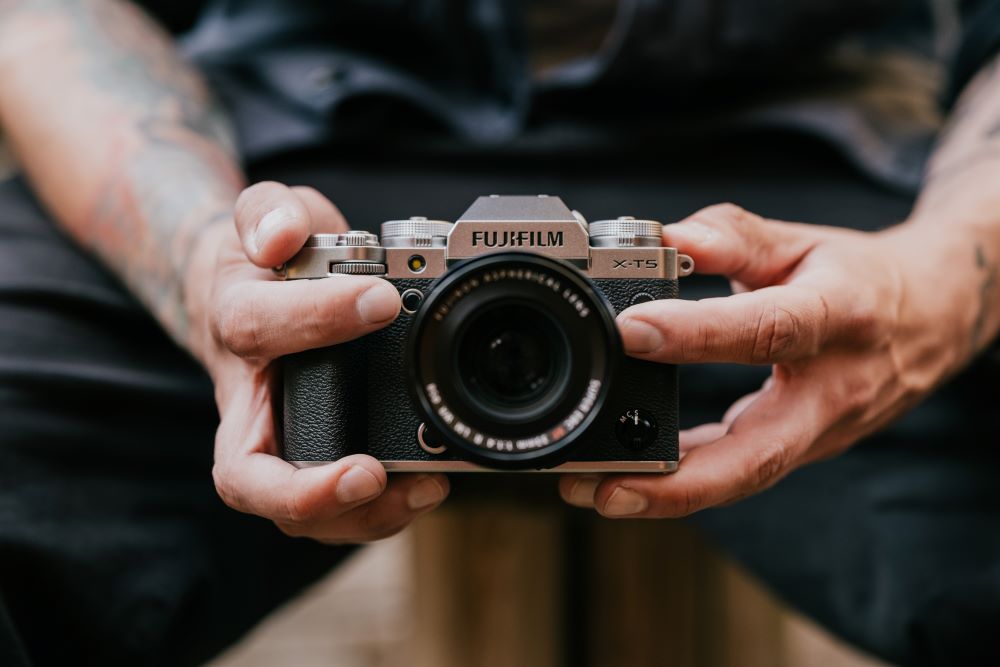
Fujifilm X Series Cameras
Fujifilm has flourished in the mirrorless era. By combining brilliant APS-C performance in their X Series with retro designs and brilliant ergonomics, they’ve built a lineup of cameras and lenses that’s adored by both professionals and enthusiasts alike.
- Best all-round Fujifilm mirrorless camera: Fujifilm X-T5. This camera is absurdly powerful for almost all kinds of content creation. As a one-size-fits-all camera, its outrageous 40MP APS-C sensor is extremely capable; along with 6.2K/30p video which both give it a sharp hybrid edge. Despite this, its design is incredibly stylish, with silver accents that make this camera look as good as it performs.
- Best professional Fujifilm mirrorless camera: Fujifilm X-H2. This is APS-C performance at its maximum – the 40MP sensor appears again, in a camera that’s 8K capable and comes with a tonne of additional video features that make it the ultimate hybrid. It’s truly astonishing for both photo and video, and is worth checking out to supercharge your content.
- Best beginner Fujifilm mirrorless camera: Fujifilm X-S20. Newcomers to this system get to indulge in all Fujifilm’s brilliant hybrid offerings – while the sensor has a lower resolution, it weighs just 491g and still records 6.2K video with 7-stop IBIS. Paired with all of Fuji’s usability touches like Film Simulation modes, this is a great entry point into such an exciting range.
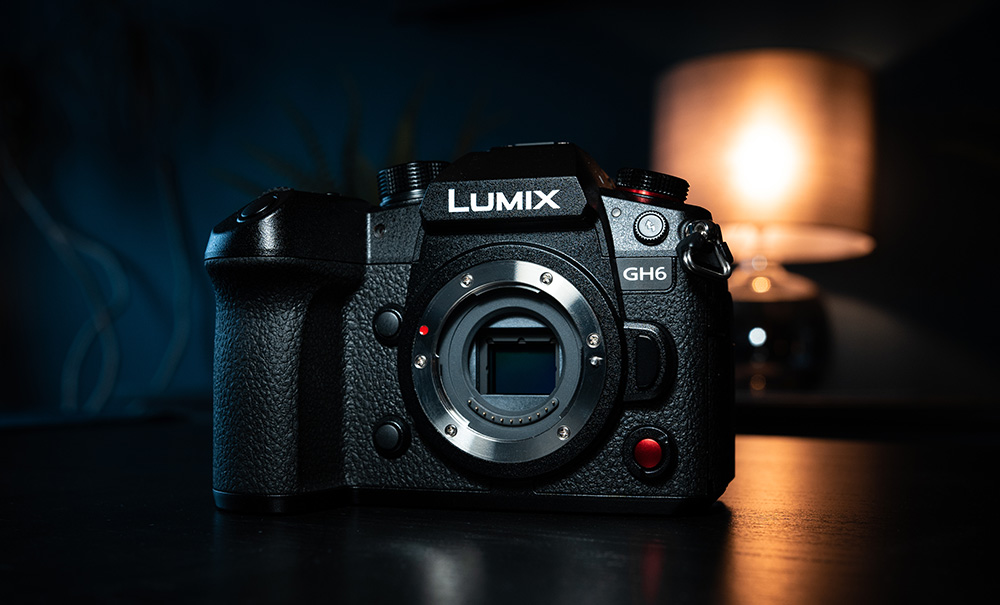
Micro Four-Thirds is a sensor size that saw a slight lull with the rise of full-frame mirrorless; however, with new releases from the likes of Olympus (OM System) and Panasonic, it’s thriving better than ever. It’s a format directly tied in with mirrorless photography – in fact, the Panasonic G1 was the first mirrorless camera to hit the market in November 2008. Since then, the format has kept on growing, building upon the same lens mount. Below, we run through three of our favourite MFT mirrorless cameras which could be the tool for you.
- Best all-round camera: Panasonic Lumix G9 II. This camera does a brilliant job of demonstrating all that Micro Four-Thirds is capable of. Its 25.2MP sensor is impressively detailed for the format. Autofocus has improved astronomically in this new iteration, being the first Lumix camera to integrate Phase Detect AF, which allows for much faster tracking. It also demonstrates some of the format’s interesting quirks, like computational tools like high-res shots (providing 100MP stills), and 60fps bursts made possible by the tiny sensor.
- Best professional camera: OM System OM-1 II. The second iteration of a truly wonderful camera, this camera pays so much attention to quality of life. Up to 8 stops of stabilisation, world-first IP53 weather sealing and outstanding ergonomics pair beautifully with Olympus’ brilliant imaging science. 120fps burst shooting and autofocus performance yet to be matched by its competitors make this the one MFT camera to rule them all.
- Best enthusiast camera: OM System OM-5. This camera is the ultimate travel companion and excels in portability. With stills just as detailed as the OM-1, yet with a sleeker, retro design, the OM-5 is simple to take with you wherever. If you’re looking for something compact yet powerful that’s ready to take any shots you encounter, it’s one of the best mirrorless cameras out there.
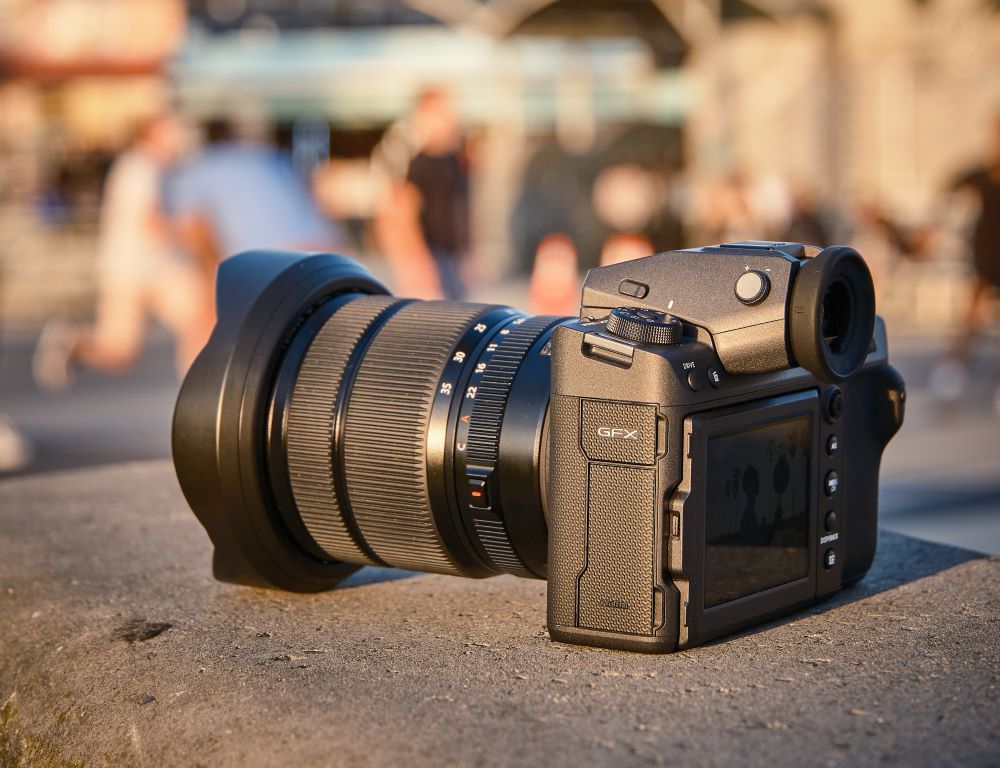
Medium format mirrorless cameras
Medium-format cameras are the epitome of photographic quality. Being the largest sensor size commercially available, it’s known for megapixel counts in the hundreds. Its association with huge, heavy gear has dwindled somewhat as mirrorless medium format sensors have become much more popular – its outstanding detail can’t be found anywhere else.
For most photographers, the most popular medium format camera is the Fujifilm GFX 100 II. This camera revolutionised the format, being noted for its outstanding usability. Since medium format has such a prestigious reputation, cameras are often designed to match that traditional feeling, such as the Hasselblad 907X 50C.
However, the GFX 100 II is notably contemporary in its ergonomics, with a design resembling a standard full-frame mirrorless. Behind its appearance and handling is an absurdly detailed 102MP sensor, and AI-enhanced autofocus tracking that emphasises that modern essence.

To truly see the prestigious nature of the format, it’s worth looking at the mirrorless lineups of Hasselblad and Leica. Both incredibly iconic manufacturers, these two have been working in the mirrorless sphere for a while now, with brilliant cameras like the X2D – while their cameras are understandably a huge investment, they’re truly the epitome of stills technology.
No matter what you’re looking to shoot, we hope this guide helped you understand all that mirrorless cameras offer to you and your work. At Park Cameras, we’re trusted dealers of all the best mirrorless cameras, lenses and accessories, and we’re certain that you’ll find what’s best for you by exploring our range today.
Share this post:
By Thom Pyle on 15/04/2024

Trade in your old equipment
Fast and easy trade in service ensures your old gear is collected efficiently and you are paid quickly! It's very simple to trade in your unwanted photography gear. Just head over to our dedicated Sell or Part Exchange page, fill out the details, and we'll get back to you with an offer for your old gear. Take the cash, or put it towards the cost of your new gear. It's up to you! Find out more
sign up to the newsletter
Keep up to date on the latest photography news, events and offers. Sign up now